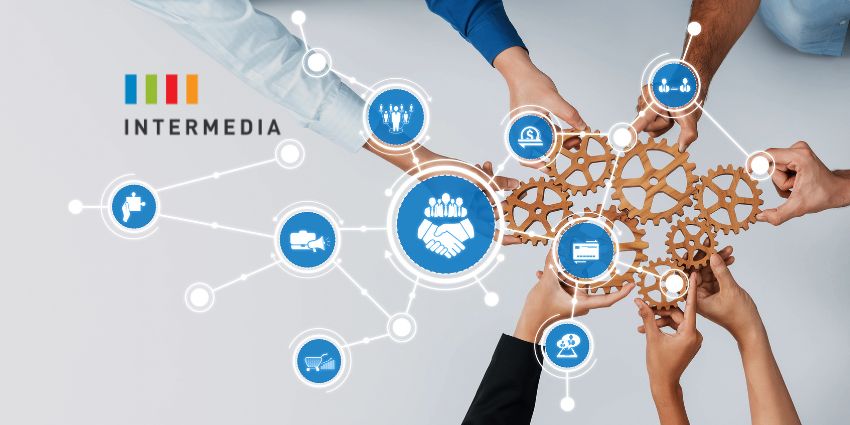Today’s full enterprise communications stack is a big beast.
Networks, platforms, applications. Users, tools, endpoints. On-premise, at home, and up in the cloud.
This complex, integrated, and unified multi-component ecosystem is of course the business-critical beating heart of every large organisation that rightly prioritises productivity, efficiency, and user experience.
Trouble is, for those tasked with monitoring, managing, and reporting on the full stack’s myriad functions, efficacies, and outputs, it can be complicated, clunky, and time-consuming.
Often, each component has its own in-built analysis, insight, and configuration capabilities: sold as standard at the point of procurement and hailed by providers as a complimentary benefit with differentiating power to positively transform performance.
That may of course be the case in isolation. However, a stack comprising tens, hundreds, or even thousands of individual components from different vendors needs a simple, standardised software solution that sees it all, controls it all, and speaks a single language.
For that, enterprises must pick a provider partner that has everything it takes to deliver.
“Organisations are rightly investing hugely in unified communication platforms, integrated applications, tools, meeting room equipment and endpoint devices such as smartphones, laptops, headsets, and video conferencing – their critical reliance on it all causes tension when it comes to its effective monitoring and management,” says Tim Jalland, Solution Manager at leading digital workplace management software provider VOSS Solutions, which can provide that crucial single-pane-of-glass visibility and control.
“Systems may be large and complex, and they may serve multiple users at multiple sites in multiple countries. There may be a global IT team in a single location with responsibility for overseeing and managing everything. However, as well as a global view, organisations need local views if they are to leverage the potential those systems offer to drive efficiencies and deliver a return on investment.
“When the scale is very large, it can be extremely difficult to go looking for critical, granular information, even if you know where to look. The sheer volume of data that can be created on a daily basis means that, to find it, capture it, analyse it, and act upon it requires extra capability.”
Microsoft Teams, for example, is a perfect case in point.
Its in-built tool set only retains user chat data for 30 days and data relating to call behaviour for 90 days. It also uses non-normalised terminology to describe data sets, such as ‘streams’. Meeting room video conferencing equipment is likely to use different terminology and present data in different ways. As a result, users must become expert in each individual vendor process and language.
Also, none of the componentry data is joined-up, so there can be no easy way to interpret performance across the entire ecosystem.
In contrast, VOSS captures and curates via a single interface key data from every element of the communications stack and stores it for as long as organisations wish; enabling long-term trending and dynamic reporting to occur. A standard out-of-the-box package can be limitlessly optimised to take account of particular ecosystems’ complexities such as multi-system integration and pan-global hyper-scale.
“Recent research suggests that the reporting of audio video meeting room faults or issues within enterprises has bottomed out, but that is likely to be down to remote users being content to put up with sub-par connectivity or compromise on clarity because they are enjoying the benefits of remote or hybrid working on a train or in a coffee shop,” says Jalland.
“That reduced user feedback makes it challenging for IT teams to be able to centrally monitor and manage performance across the full stack in order to be proactive and be able to predict issues that have the potential to impact a lot of users.
The ability to then turn that insight and interpretation into meaningful action is what puts organisations ahead of the curve, where they need to be.”
It’s worth noting, too, that the volume and complexity of multi-component communication stacks is highly likely to increase going forward, particularly with the continued and swift evolution of AI-powered third-party tools and applications.
Keeping a watchful eye on it all and, crucially, having the ability to proactively (and easily) optimise performance across the piece is likely to be a potent force for good.
To learn more about how VOSS Solutions can help your and your customers’ businesses better monitor and manage your full UC stack, click here.








